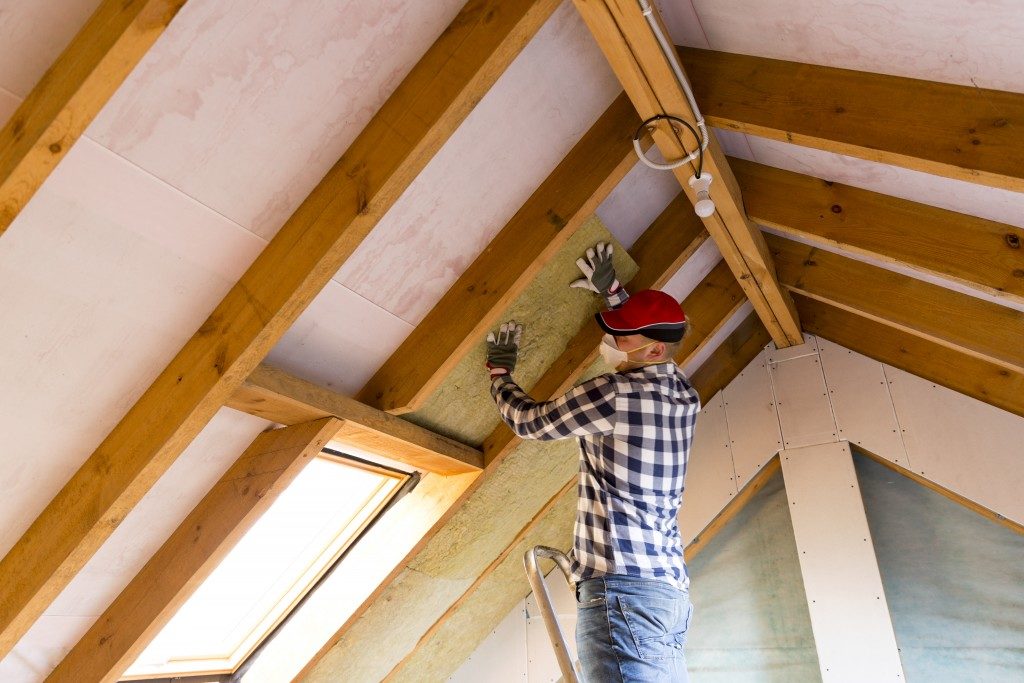In Kansas, the winter climate is often mild. On some days, though, the temperatures can become extreme. Your home or office can be frigid. While you can always run the heater, it’s also ideal for your insulation to retain as much heat as possible. These days, insulation options are aplenty. Two of the most popular ones are batts and blow-in blanket system.
What’s a Blow-in Blanket System?
Other specialists also call this technique as BIBS. It is a process wherein a piece of equipment blows cellulose or fiberglass into space. It is usually an attic floor. The material tends to hug even the most awkward or tightest spaces or joints. It then prevents the appearance of gaps that will allow heat to escape.
Many professionals prefer BIBS because it promotes faster insulation installation. It is also not messy. Unlike other insulation materials, they are durable. Fiberglass, for example, can last throughout the lifetime of your home. Cellulose, meanwhile, can span around 20 years.
BIBS, though, needs a certified professional to install it. This is because it uses a particular type of equipment. The margin of error is also tiny. The wrong installation can offset all the benefits BIBS provides, unusually high heat retention.
For a thorough discussion about this process, you can visit insulatekansascity.com.
What Is Batts?

Batts are also like blankets, and the material can be either cotton or fiberglass. One of the significant differences is in the installation. In batts, you will deal with many cut-out pieces and then lay them down until they fit all together. They can also cover every nook and cranny.
But you mustn’t see any gap as soon as you place them. Otherwise, heat can leave the room. Batts are similar to rolls, although the latter are the ones you roll out on the floor.
You might find batts to be cheaper than BIBs since they don’t need any special equipment or a certified professional. You can even do it yourself if you know some basics about insulation installation. The downside is the installation can take a much longer time. Precision is also a must.
Which Provides the Better R-Value?
R-value is the measurement of the material’s or the insulation’s ability to retain heat. The higher the number, the better. This comparison table reveals BIBS can give you higher R-values than batts.
For instance, in 11.25 feet of space, batts can achieve an R-value of 40. BIBS, meanwhile, can be as high as R-49. It represents over 20% better heat retention. BIBS can also provide better energy efficiency, and that counts a lot if you’re a property owner. It means possibly considerable savings in utility bills. In the past few years, Kansas’ electricity rates have increased.
Some homes can benefit from BIBS better than others. This insulation method can also be costlier than batts. All these can force several homeowners or builders to consider other insulation options. When you don’t know what’s ideal for your space, work with legitimate insulation experts. They can provide the best recommendations.




